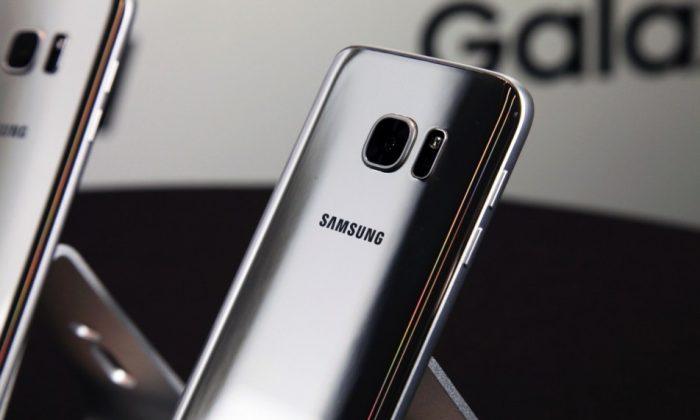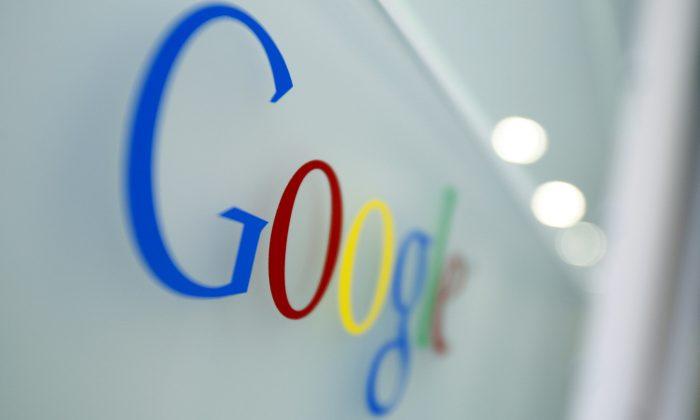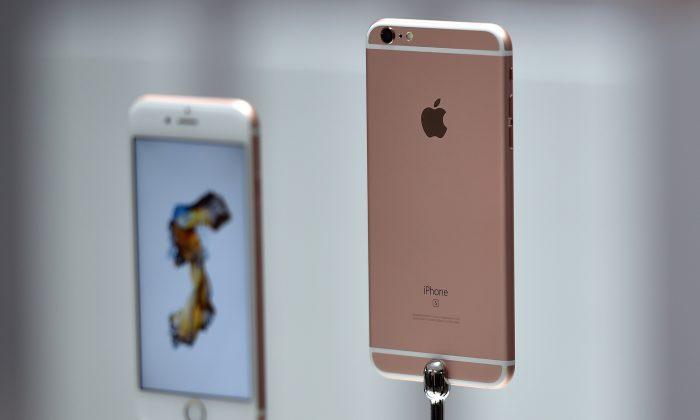While Apple’s iPhones have been my main handsets since shortly after the first model was introduced in 2007, I used to carry an Android phone with me at all times until recently. Carrying two phones seems odd to most people, but there were so many important Android features that weren’t mirrored in iOS for a period of time, and I also enjoyed the variety.
Then last year, I ran out of reasons to keep using Android.
DON'T MISS: Apple and the Terrible, Horrible, No Good, Very Bad, Record-Breaking Quarter
Yes, of course there are still plenty of Android features that are nowhere to be found on Apple’s smartphone lineup. But where key features are concerned — features that are truly unique and useful to mass market smartphone owners — there isn’t much on Google’s mobile platform that’s missing from Apple’s iPhones.
So I stopped carrying a second smartphone.
I obviously still continue to test Android devices for my job, but it has now been quite some time since I reviewed an Android handset. And then recently, I found myself missing the variety that carrying an Android phone afforded. So I opened “the phone closet” in my office and picked out one of the most recent devices sent to BGR for review, the Huawei Mate 8. I powered it on, set it up, popped it in my pocket and began to use it from time to time instead of my iPhone 6s.
It was awesome.
Huawei’s latest and greatest is easily one of the best phablet-sized smartphones on the market right now, despite the fact that you might have never even heard of it if you live in the United States. The metal construction is gorgeous and slim, the display is large and bright, and it’s one of the few smartphones out there powered by the latest version of Google’s Android platform, Android 6.0 Marshmallow. The Mate 8 has a solid 16-megapixel camera, the octa-core processor and 4GB of RAM keep it humming, and the giant 4,000 mAh battery lasts far longer than my iPhone.
To be honest, I was surprised at how much I enjoyed carrying an Android phone again. As great as the iPhone is, using the same device each and every day inevitably gets repetitive. But the more I used Huawei’s sleek smartphone, the more I realized that there’s just no way Android can be anything more to me than a part of my job.
Here are a few of the many reasons why.
iOS
First and foremost, iOS really is a pleasure to use. It’s so simple and yet so versatile. Think about how difficult is was to create a mobile platform as appealing to savvy users as it is to novices.
The platform itself is characterized by a minimalistic look and it really couldn’t be more simple to navigate. The stage is set perfectly for apps, the most important part of the smartphone experience. Developers are given tools that make it painfully easy to create user experiences that are consistent visually, and yet broad in scope in terms of functionality.
Third-Party Apps
And speaking of apps, there is simply no substitute for iOS when it comes to high-quality mobile applications.
Google takes a much different approach than Apple when it comes to third-party apps, offering developers much more freedom and far fewer restrictions. As a result, the Android platform offers power users some complex apps the likes of which iOS may never see.
But those apps only truly appeal to a small subset of users. For everyone else, simplicity, efficiency, consistency and performance are far more important. And in these areas, iOS is nearly always a clear winner.
Apps that serve the same purpose on both platforms almost always offer a better user experience on iOS than they do on Android. Even when the same developer builds an app for both platforms — Twitter, Facebook, Instagram, and so on — the iOS version is always smoother and simpler.
Speed and Fluidity
Android has made great strides where performance and fluidity of the user experience are concerned, but it just can’t ever seem to catch up to iOS. Things as simple and integral as scrolling never exist without hiccups on even the most powerful and modern of Android devices. Meanwhile, anyone who has used an iPhone 6s or even earlier iPhone models will tell you that the iPhone’s user experience is smooth as silk.
Platform Updates
We’ve gone over this dozens of times here on BGR, but that doesn’t make the issue any less significant. When Apple releases an update for iOS, the overwhelming majority of iPhone and iPad users have access to it instantly. When Google releases an update for Android, years go by before that new software version makes its way to the majority of smartphones and tablets.
I wrote about this issue most recently just two weeks ago. Stop for a moment to consider how crazy this is: Apple released iOS 9 in September 2015 and it’s already on 75% of iOS devices. Meanwhile, the most widely used version of Android at this very moment was released more than two years ago in 2013.
2013.
Google is Everywhere
Google’s services are often vastly superior to their Apple counterparts, but Google’s best stuff is all available on iOS. Gmail, Google Search, Google Maps, Google Now, Google Calendar, Google Hangouts, etcetera, etcetera. It’s all on iOS.
Meanwhile, Apple’s best stuff is iOS-only.
The explanation is simple: Google wants to be everywhere because its missions are to collect information about users and to show them ads. That’s how Google makes its money and there’s definitely nothing wrong with that. Apple, on the other hand, wants to sell you hardware and restricting its best services to that hardware makes financial sense.
Service Lock-In
The aforementioned service lock-in is of course the next reason I can’t quit the iPhone and jump ship to Android. I'll refer you to a tweet I posted back in 2014:
https://twitter.com/zacharye/status/445687224483729408
It seems silly at first, but my friend’s comment just scratches the surface of the terrific job Apple has done of creating platform-exclusive services that are difficult to be without once you’ve experienced them. Beyond iMessage and the surrounding features, you’ve got the simplicity of iCloud, the elegant integration of FaceTime audio and video calling, the utility of Find My Friends, and so on.
All the Best Apps and Services
Years ago, it was almost impossible to find all of the best apps and services you needed on any platform other than iOS. Today, you can find at least of most of them, or decent alternatives, on Android.
But it’s still not the same.
Forgetting the issue that I already mentioned — even the same apps available on both platforms offer better user experiences on iOS — many developers still target Apple devices before Android. And we’re not just talking about small indie developers here; time after time I am given products to review by big brands that only plan to offer iOS compatibility at launch.
Apple Watch
Last but certainly not least, I can’t switch away from Android because doing so will mean losing what might be my favorite new Apple product in years: The Apple Watch.
You can read my extensive thoughts on the Apple Watch in my earlier coverage. Long story short, I was very skeptical before the Apple Watch was released — more skeptical than I had ever been of any recent Apple device — but now I can’t live without it. I was a longtime watch collector with more than a dozen watches worth tens of thousands of dollars. With the exception of one painful day when I switched to an old mechanical watch as a test, I haven’t gone back since I bought an Apple Watch.
Maybe someday there will be an Android alternative that comes even remotely close to matching the style, quality and user experience of the Apple Watch, but I don’t envision that day arriving anytime soon. And that’s saying a lot, considering the Apple Watch is a v1 product with plenty of room for improvement.
This article was originally published on BGR. Read the original article.




